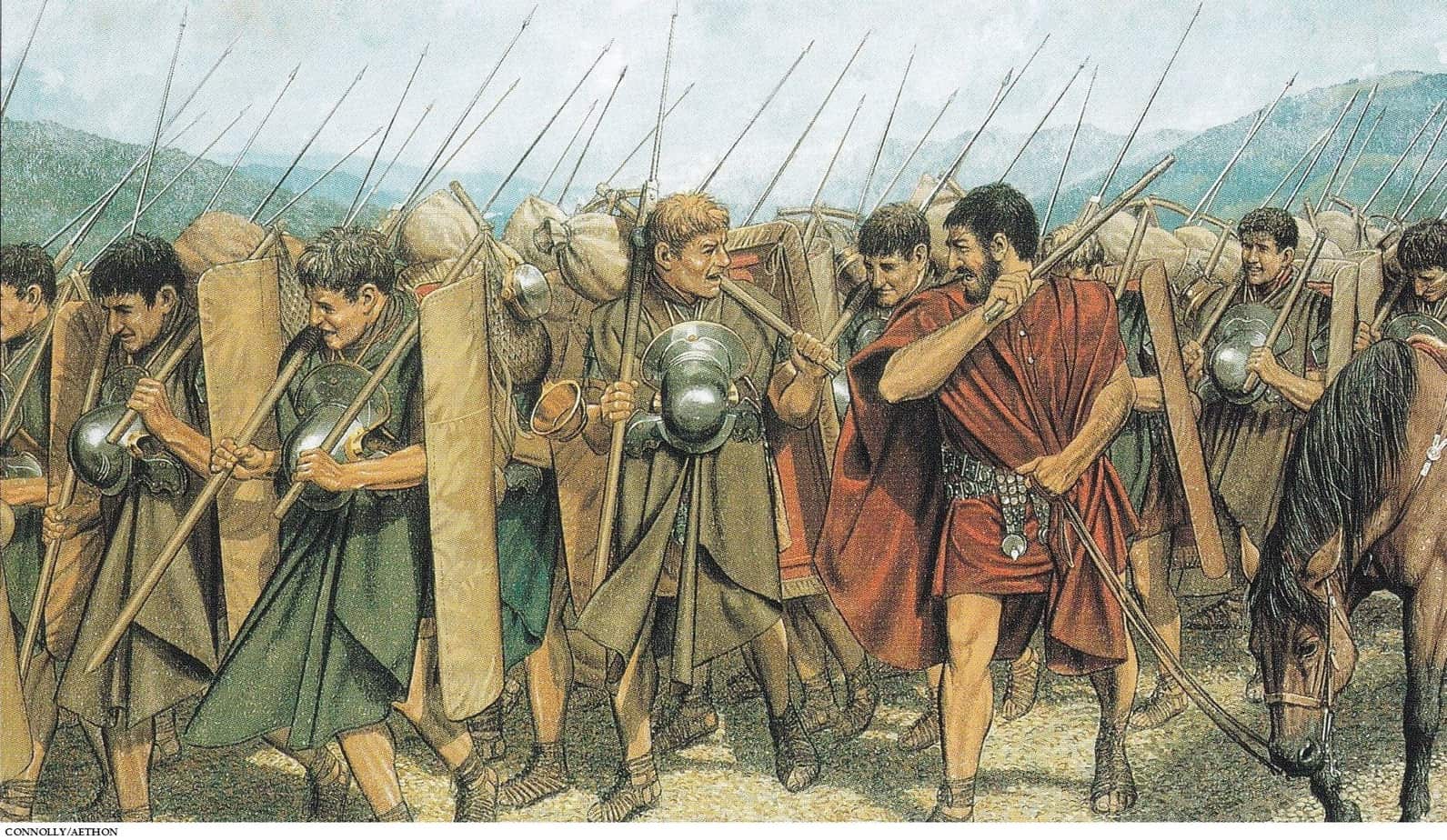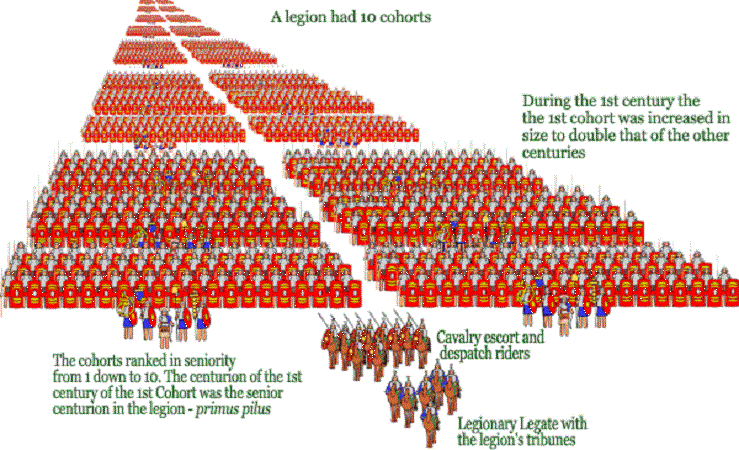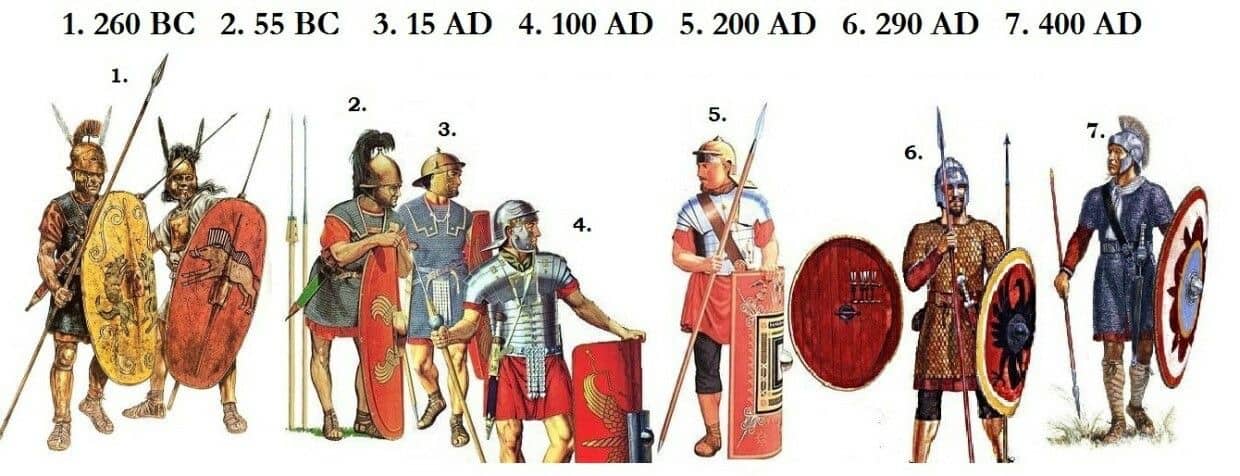
ADVERTISEMENT - CONTINUE READING BELOW
28. The Professionalization of the Legions Played a Key Role in the Demise of the Roman Republic
Legions used maniples for over two centuries until they were replaced by larger cohorts of 480 soldiers in the Marian Reforms of Gaius Marius (157 – 86 BC). Germanic tribes had crossed the Alps, entered southern Gaul, threatened Italy, and wiped out two Roman armies sent to meet them. That threw the Italian Peninsula, always fearful of barbarians since Gauls had sacked Rome and devastated Italy in 387 BC, into a panic. To meet the crisis, Marius opened the Roman legions’ ranks, hitherto restricted to propertied citizens who could afford to arm and equip themselves, to all citizens, including the poorest. The Roman government now furnished their weapons and armor and paid them salaries. The army’s character was transformed from a middle-class and patrician institution into a professional force for whose legionaries military service became a career.

ADVERTISEMENT - CONTINUE READING BELOW
The soldiers came to look upon their generals, not the government in Rome, for rewards during service, and for severance pay and retirement benefits when they were discharged. Unscrupulous generals took advantage of that and used legions more loyal to their commanders than to the state against Rome. The result was a chaotic century of civil wars that finally ended with the collapse of the Roman Republic and its replacement with the Roman Empire. One of Augustus’ first acts, when he consolidated power, was to further professionalize the legions, and break the legionary’s dependence on his general. Enlistment terms were extended from 10 years to 25, pay was standardized, and the legionary was guaranteed a land grant or cash payment at the end of his service. The legionary’s oath of allegiance, the Sacramentum, was also switched from the general to the emperor.

ADVERTISEMENT - CONTINUE READING BELOW

